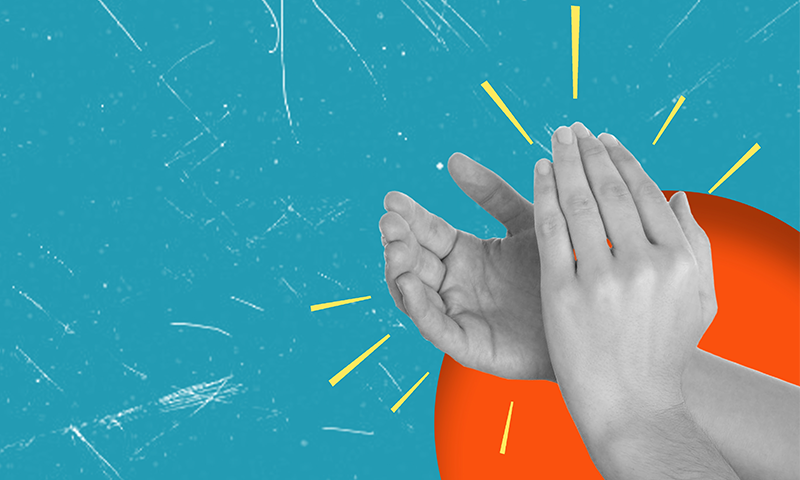Now Reading: Pause Before Applause: A Closer Look
-
01
Pause Before Applause: A Closer Look
Pause Before Applause: A Closer Look

Rapid Summary:
- Researchers led by scientists at Cornell University conducted a study on the physics of clapping,published in Physical Review Research.
- The study revealed that the sound of a clap is primarily caused by air movement rather than the direct impact between two hands.
- When people clap, a small pocket of air is trapped between their palms. As it jets out, it causes rapid molecular vibration leading to the familiar sound of applause.
- This phenomenon resembles Helmholtz resonance, where sound emanates from an enclosed space with a narrow neck adn an open end (e.g., blowing across the top of a bottle).
- The research used experimental methods like recordings and soft plastic hand replicas to analyse various types of claps.
Indian Opinion Analysis:
Understanding the science behind common human behaviors such as clapping adds depth to our appreciation for daily activities that are taken for granted. For India-where communal celebrations like weddings, festivals, and ceremonies often involve spontaneous applause-such studies enrich cultural understanding from both scientific and sociological perspectives. This exploration may also inspire innovations in acoustics-related industries or technologies rooted in traditions involving sound patterns like musical instruments. Further education initiatives could incorporate this knowledge into India’s ongoing efforts to link scientific curiosity with cultural practices.
























